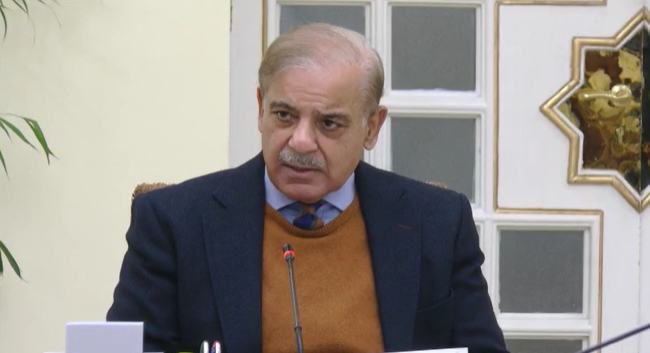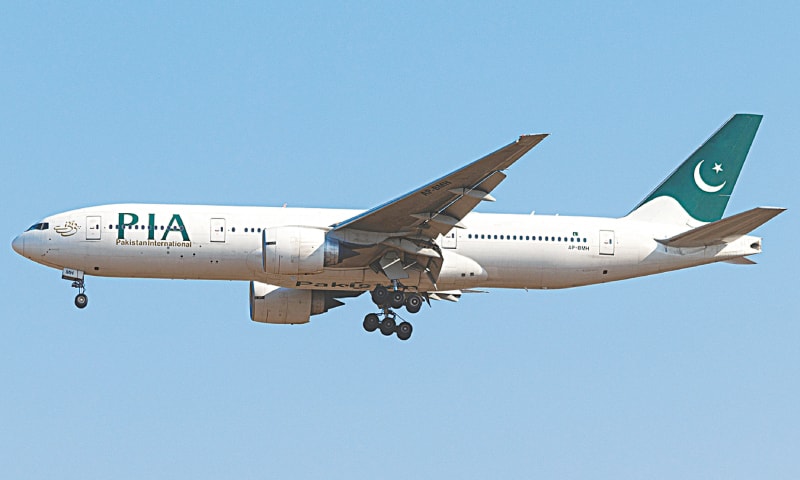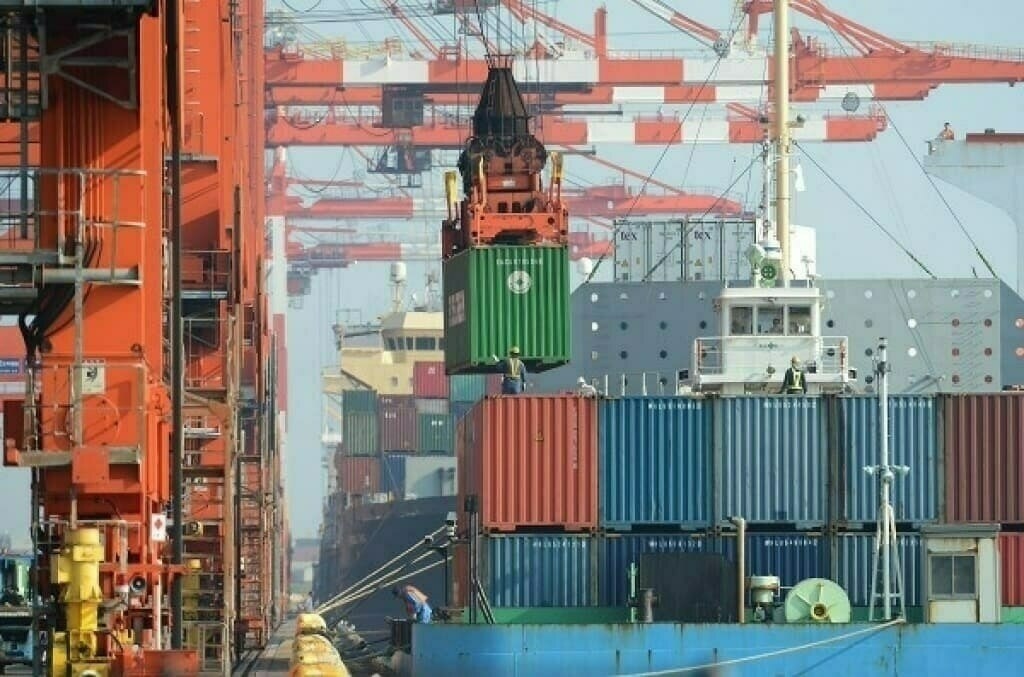PTBP Web Desk
Pakistan has intensified its efforts to position itself as a regional logistics and transit hub, with the federal government accelerating projects that connect the Middle East, Central Asia, China, and beyond. On Friday, Federal Minister for Maritime Affairs Muhammad Junaid Anwar Chaudhry chaired a high-level meeting to finalize priority infrastructure projects that would strengthen trade and transport corridors across the region.
The minister emphasized that Pakistan cannot afford delays in integrating its transport and logistics infrastructure with regional networks. He described the country’s geography as a natural advantage, serving as a “central bridge” linking South Asia to the Gulf, Central Asia, and China.
A key development from the meeting was the creation of a joint working group. This body will bring together officials from the ministries of maritime affairs, communications, railways, and defence. Its first task is to finalize a shortlist of practical, investment-ready projects in its meeting next week.
Chaudhry directed ministries to propose regulatory reforms, identify projects for rapid funding, and align Pakistan’s development agenda with the connectivity needs of regional partners. He urged ministries to work on compressed timelines to deliver results, noting that Pakistan has historically performed well under pressure.
“We are not merely compiling lists of projects; we are shaping a national roadmap for logistics and connectivity,” he told the participants.
The meeting focused on integrating Karachi Port, Port Qasim, and Gwadar Port with regional corridors through rail, road, and air links. The minister highlighted the significance of the long-delayed ML-1 railway project, which aims to boost freight and passenger traffic between Khyber Pakhtunkhwa and southern ports.
By linking ports with modern rail and motorway networks, Pakistan hopes to capture regional trade flows that currently bypass the country. The project is also aligned with the China–Pakistan Economic Corridor (CPEC), a flagship initiative under China’s Belt and Road vision.
Technical Advisor for Maritime Affairs Muhammad Jawad Akhtar proposed multiple initiatives in collaboration with Saudi Arabia. These include:
- Karachi–KSA and Gwadar–KSA Gateway Terminals
- Expansion of the Pakistan National Shipping Corporation (PNSC) fleet under Saudi partnership
- Launch of direct shipping lines from Karachi to Jeddah and Gwadar to Dammam
- Establishment of 20 green ship recycling yards at Gaddani
These projects are expected to not only strengthen maritime connectivity but also attract investment in Pakistan’s shipping and recycling industries.
Other ministries presented their own connectivity agendas:
- The communications ministry emphasized expanding fiber optic cables along railway lines and extending submarine cable networks to boost digital trade infrastructure. It also stressed the importance of completing the M-6 motorway, which links Karachi to Sukkur and serves as a missing link on CPEC. Additionally, it proposed extending the M-10 motorway through the Khirthar mountains to improve north-south transport.
- The petroleum ministry shared progress on a $300 million feasibility study for a new merchant oil terminal at Hub, part of Pakistan State Oil’s infrastructure expansion strategy.
These projects collectively aim to modernize transport, logistics, and energy supply chains, making Pakistan an attractive hub for regional and global investors.
Among the proposed projects, the ML-1 railway upgrade stood out as a game-changer. This project, once completed, will significantly reduce travel times, increase cargo volumes, and facilitate trade between northern Pakistan and its ports. The minister stressed that ML-1 must be aligned with international financing plans to ensure timely completion.
Wrapping up the meeting, Minister Chaudhry pressed ministries to finalize a clear roadmap for international financiers. He underlined that global investors are looking for well-prepared, feasible projects that demonstrate Pakistan’s ability to deliver.
The minister concluded:
“This is Pakistan’s moment to establish itself as a logistics powerhouse. With the right mix of projects and reforms, we can connect the Gulf with Central Asia and China more effectively than ever before.”
For related updates, you can read about Pakistan’s energy sector reforms and explore insights on China–Pakistan Economic Corridor (CPEC).
Pakistan’s ambition to become a regional logistics and transit hub reflects both its geographic potential and the urgent need to modernize its infrastructure. With strategic projects like ML-1, Gwadar Port expansion, and direct shipping lines to Saudi Arabia, the government is laying the groundwork for enhanced regional integration.
If ministries deliver on compressed timelines and attract international financing, Pakistan could cement its role as a vital link in global trade.




